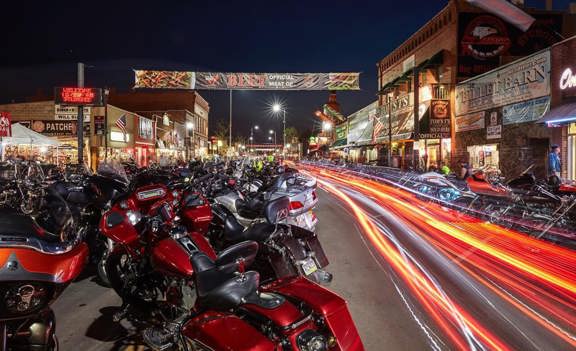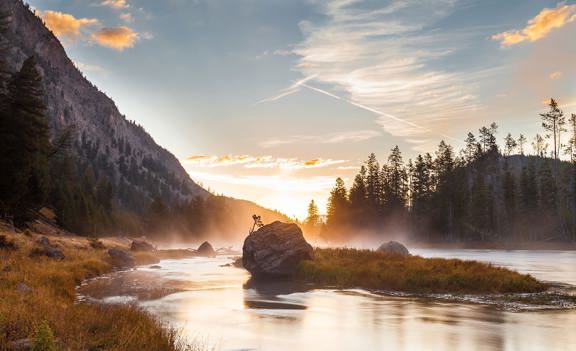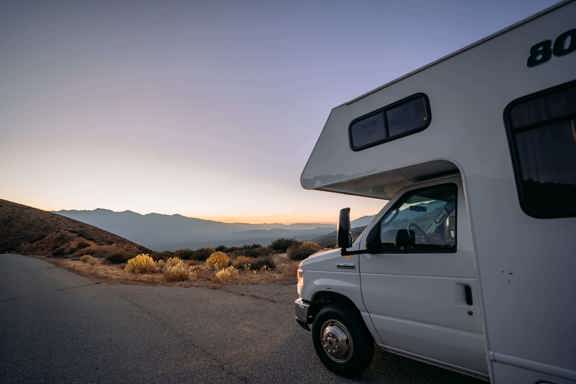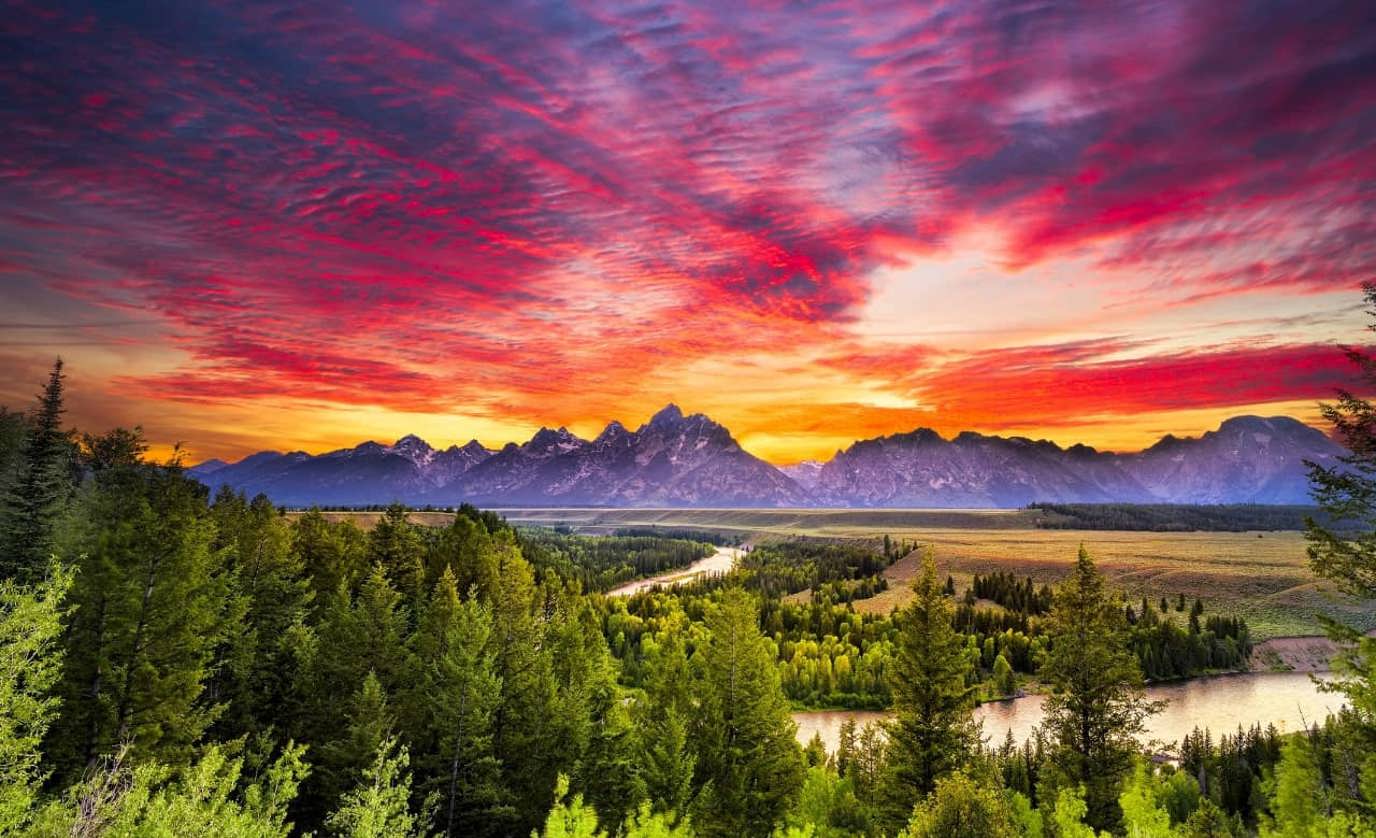
Wyoming is nicknamed the Cowboy State — a land where rugged individuals made a living under circumstances others dared not face. While Wyoming is now populated with fewer cowboys and more Walmarts, it’s still a place where people go to get away from civilization. It’s a place where boondockers could pull off the road and immediately immerse themselves in nature.
Just under 600,000 people live across 100,000 square miles of space; only Alaska is more sparsely populated. Fortunately, much of that land is publicly owned, and nearly all of it is spectacularly beautiful. The difficult part is getting there, with Interstate Highways only reaching the towns along the state’s southern edge and a few areas in the east. Wyoming is not a state to be rushed. If all of that sounds like your perfect vacation, these are some of the things you’ll need to know before boondocking in Wyoming.
Is Boondocking Legal in Wyoming?
As with most of the western states, boondocking is popular in Wyoming. There are two national parks (Yellowstone and Grand Teton), five national forests (Shoshone, Bridger-Teton, Bighorn, Black Hills, and Medicine Bow), and the Thunder Basin National Grasslands. Each has some form of boondocking permitted, but your best bet for quality free campsites is in the national forests.
The center of Wyoming is mostly private land, with the aforementioned federal lands sitting near the four corners of the state. Both Jackson — Wyoming’s tourist hot spot — and Cheyenne —, its largest city — prohibit overnight parking. While some Walmarts and restaurants will still allow it, don’t count on them as sources of accommodations.
Your Guide to the Best Boondocking in Wyoming
Wyoming is a place to get lost in — and that’s not always a bad thing. However, before you start wandering, you should, at least, make a few guesses about where you’d like to end up. These are some of the Cowboy State’s best spots for boondocking.
Boondocking Locations in Wyoming
The easiest places to boondock in the Cowboy State will be the national parks and national forests. They’re easy to find maps for and are well-signed. The same cannot be said for Bureau of Land Management (BLM) land in the state, which is neither marked nor has the relevant rules spelled out. Below, you’ll find some of the best areas in the state for novice boondockers.
Grand Teton National Park
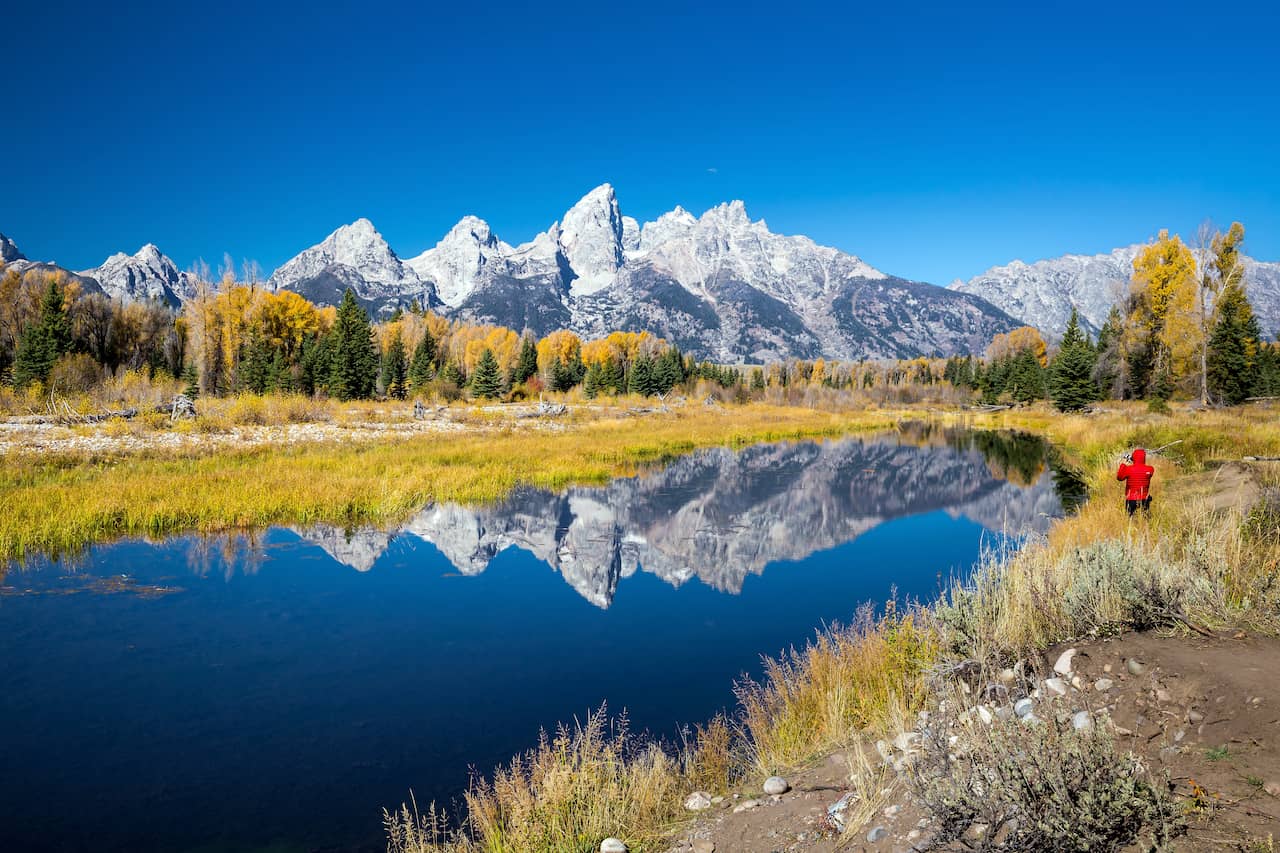
Grand Teton has six developed campgrounds within its boundaries: Headwaters, Lizard Creek, Jenny Lake, Colter Bay, Signal Mountain, and Gros Ventre. Boondocking outside these campgrounds is prohibited, and there’s a seven-day limit at each campground, with a combined 14-day limit for every 30 days for all campgrounds inside the park. Fortunately, the sites have good amenities, including toilets, drinking water, fire rings, picnic tables, and bear-proof food boxes. Showers can be found near all of the campgrounds except Lizard Creek and Gros Ventre.
Nearby Activities: Grand Teton’s peaks abruptly rise several thousand feet from the valley floor and are awe-inspiring. There are dozens of trails to explore the ominous mountains. Both Jenny Lake and the much larger Jackson Lake provide ample opportunity for paddling and swimming — assuming you can tolerate the icy cold water. The National Elk Refuge lies just outside the park, adjacent to the town of Jackson, and is home to the largest elk herd on Earth.
More information: Grand Teton National Park
Bighorn National Forest
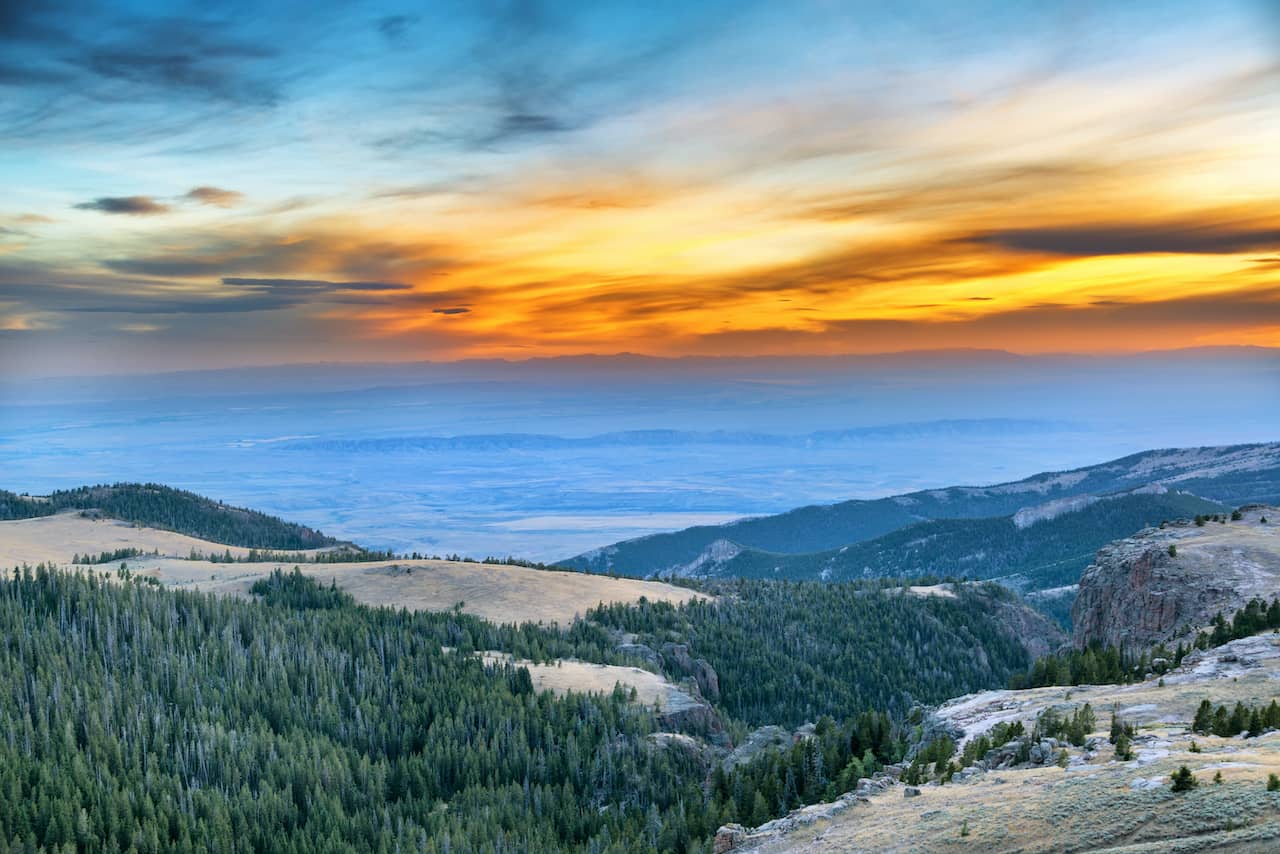
One of the smaller national forests in Wyoming, the Bighorn encompasses 1,200 miles of trail, several reservoirs for swimming and boating, and 30 campgrounds. Three scenic byways cross the forest: the Cloud Peak Skyway, Bighorn Scenic Byway, and the Medicine Wheel Passage. Each showcases the astounding beauty of the Bighorn Forest without requiring any strenuous hiking.
Nearby Activities: While not included in the forest, Bighorn Canyon National Recreation Area is just a short drive away. It is one of the most popular attractions in Wyoming and Montana. The reservoir spans the two states and is hemmed in by thousand-foot-tall sandstone walls that look like something out of the Grand Canyon. The city of Cody, Wyoming, is also not far away. Don’t skip dropping by the Buffalo Bill Center of the West, a one-stop-shop for all things Old West history.
More information: Bighorn National Forest
Shoshone National Forest
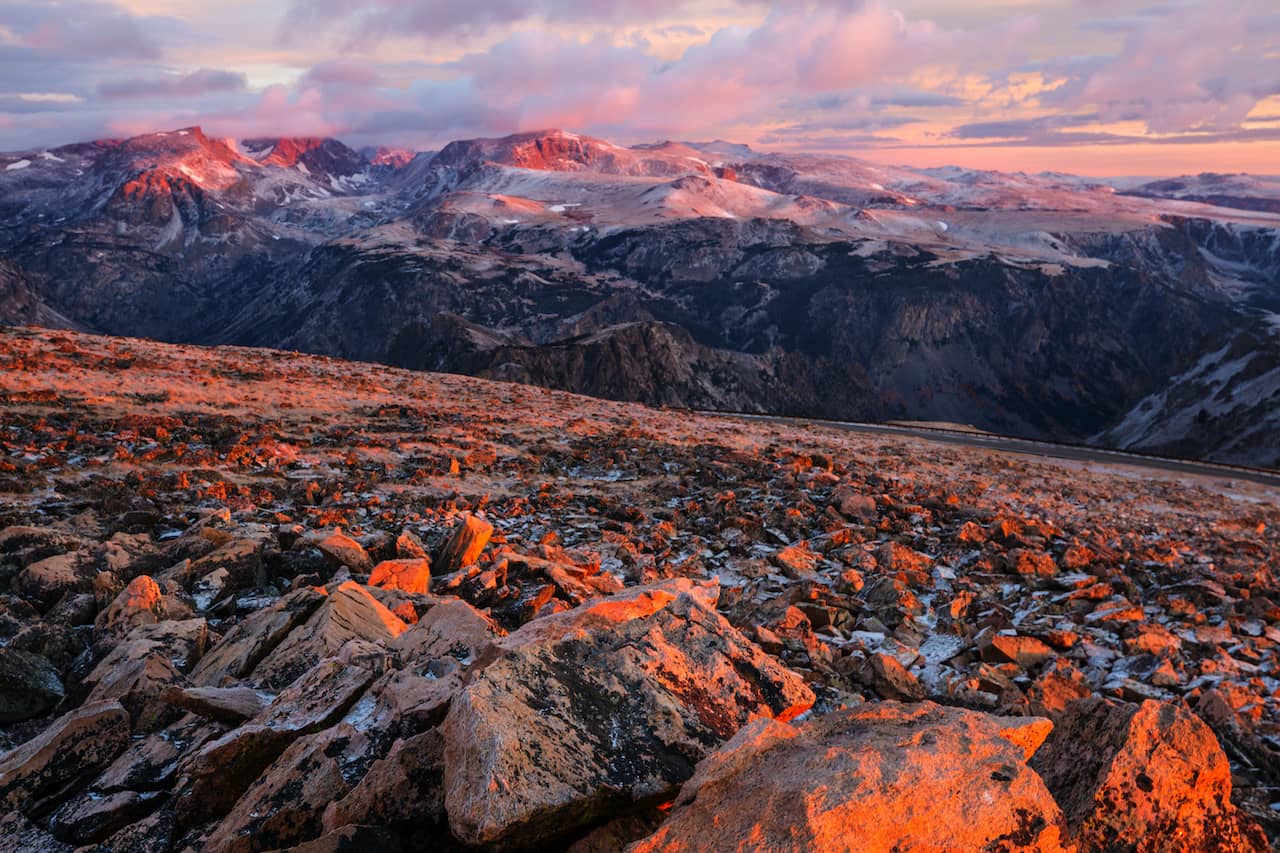
This was the first national forest designated in the U.S. and lies east of the country’s first national park, Yellowstone. There are over two dozen developed campgrounds within the forest, and almost all of them provide drinking water and toilets. Outside the campgrounds, there are endless opportunities for boondocking. All you need to do is pull off of a Forest Service road and set up camp.
Nearby Activities: Yellowstone National Park is one of America’s most popular parks, thanks to its abundant bison herds and otherworldly geological formations, such as hot springs, geysers, and mud pots. Furthering the region’s superlatives, the Beartooth Highway lies inside the forest and is considered one of the most scenic drives in America. The highway departs from Yellowstone’s northeastern entrance at Cook City and drops to almost 6,000 feet of elevation before reaching the town of Red Lodge in Montana.
More information: Shoshone National Forest
Flaming Gorge National Recreation Area
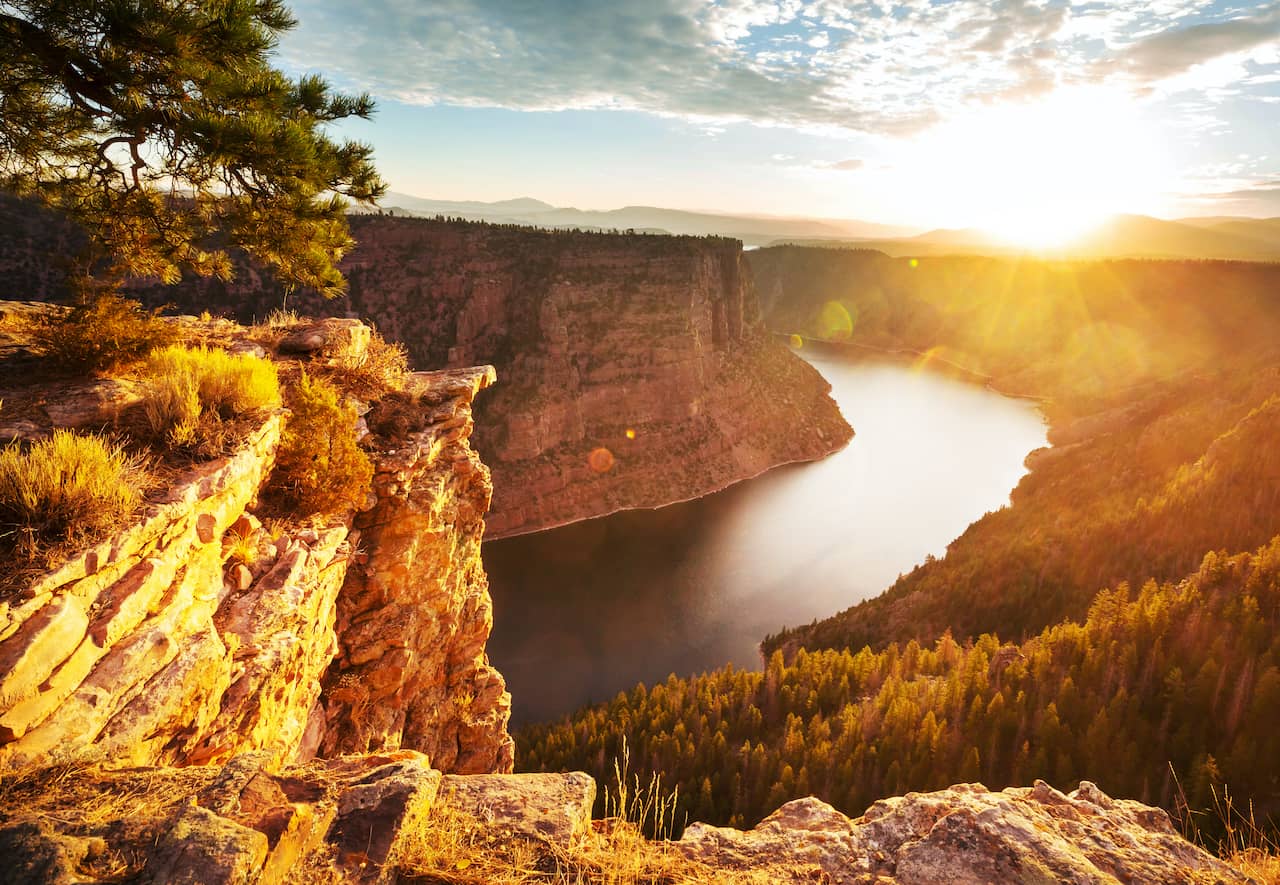
While most of the reservoir is located in Wyoming — the vast majority of the campgrounds are in Utah — only three (Anvil Draw, Buckboard Crossing, and Firehole Canyon) are in the state. What it lacks in quantity, though, it more than makes up for in quality. The state has fewer campgrounds because the sandstone canyon walls are more vertical here, providing a more scenic experience. Firehole Canyon and Buckboard Crossing have the most amenities: a dump station, flush toilets, drinking water, and showers. Meanwhile, the Anvil Draw has a little more than a boat ramp and vault toilet. Primitive camping is also permitted in non-campground areas.
Nearby Activities: Paddling and swimming in the gorge is the main attraction, but there are also spectacular hiking sites in the nearby High Uintas Wilderness. For a bit of civilization, Rock Springs is the closest town at 16 miles away. Western Wyoming Community College has an excellent dinosaur exhibit, and you can take a scenic drive through an area populated with wild horses.
More information: Flaming Gorge National Recreation Area
Medicine Bow National Forest
.jpg)
The Medicine Bow Forest is a fractured one, lying in several pieces in the southeastern corner of the state. The terrain varies widely, from grasslands further north to soaring peaks down south. There are a few dozen campgrounds to choose from here, with almost all of them providing toilets and potable water.
Nearby Activities: The capital, Cheyenne, is near all of the forest sections and has some great restaurants and bars to bring you back to civilization after some time in the woods. The college town of Laramie is also close by and hosts lots of cultural attractions and events.
More information: Medicine Bow National Forest
5 Tips on RV Boondocking in Wyoming
The wide-open spaces of the Cowboy State are perfect for boondocking, but there are a few things to take note of before you venture into some of Wyoming’s wilder regions.
- Observe the stay limit: National forests typically limit dispersed camping stays to fourteen consecutive days, after which you’ll need to move at least five miles from the original campsite.
- Protect your food: Bears are relatively common in Wyoming, especially in the northwestern corner near Grand Teton National Park. Keep your food and other smelly items in your car — in a bear-proof canister — or hung up in a tree ten feet from the ground and four feet from the tree’s trunk.
- Bring enough water: Wyoming is notoriously arid, and if you’re camping in remote locations, a water source could be very far away. You’ll need at least one gallon, per person, per day.
- Be aware of fire: Wildfires are common every year, and Wyoming gets hit hard in the late summer and early fall season. Before your trip, check with the managing body (BLM, Forest Service, or National Parks Service) to see if there are any fires near your chosen campsite. Additionally, find out if there are any restrictions, like no campfires allowed, due to increased fire danger.
- Start small (with your plans). Wyoming is the least populous state. There are places where you can be a dozen miles from the nearest human; though, that doesn’t mean you should go to those places on your first outing. As a novice boondocker, pick more developed sites near the national parks or high-traffic national forests. This will keep you safe and help you figure out which parts of boondocking you like or don’t enjoy.
RV Rental for Wyoming
Are you feeling the pull of the Cowboy State yet? Does the idea of road-tripping through Yellowstone and Teton before exploring the lesser-known corners of Wyoming sound appealing? If it does, Cruise America has the perfect RV rental to fit your adventure. Reserve a compact RV for driving up narrow mountain roads and squeezing into a pull-out for dispersed camping. You can also pick up one of their largest models to set up camp at one of the state’s more developed campgrounds.
When you choose an RV rental in Wyoming, you’re following in the footsteps of the state’s pioneering founders. You’re willing to go where few have gone, and you’re ready to face the challenges ahead. Reserve an RV with Cruise America to start that journey today!

